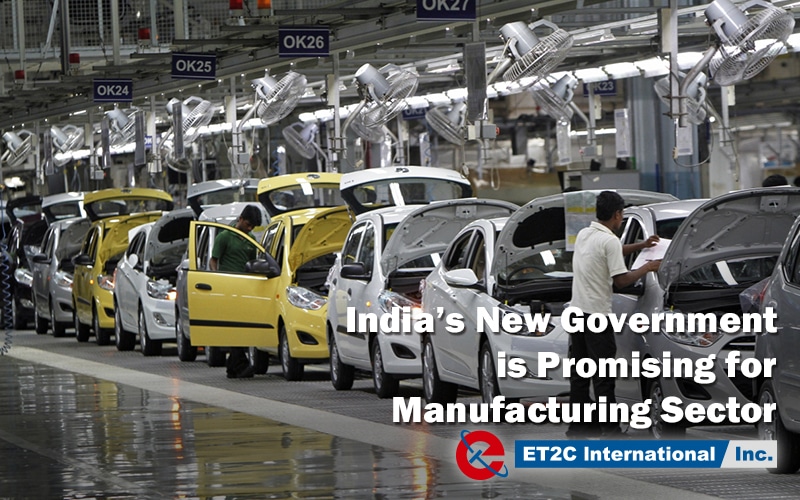India’s New Government is Promising for Manufacturing Sector
In May India concluded a month long election that is primed to have historic political and economic changes for the country. Analysts are calling it a seismic shift, claiming it is arguably the most important election ever for the nation. Corruption and the economy were the biggest issues for this election. Since 2012, the Indian […]
India’s New Government is Promising for Manufacturing Sector Read More »


